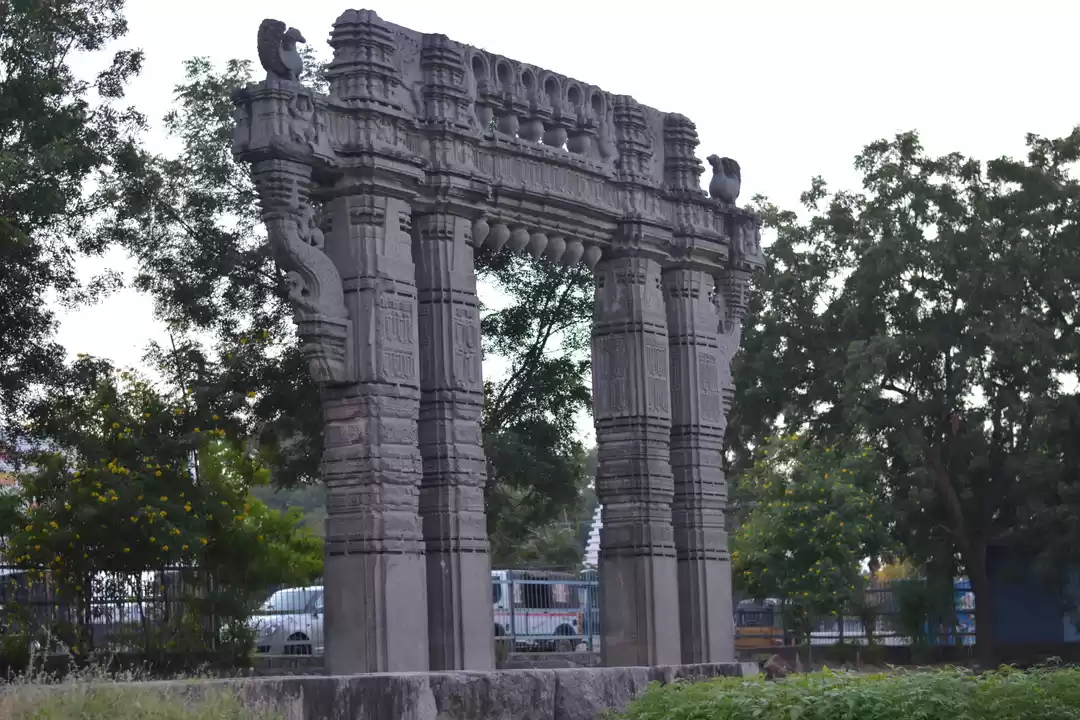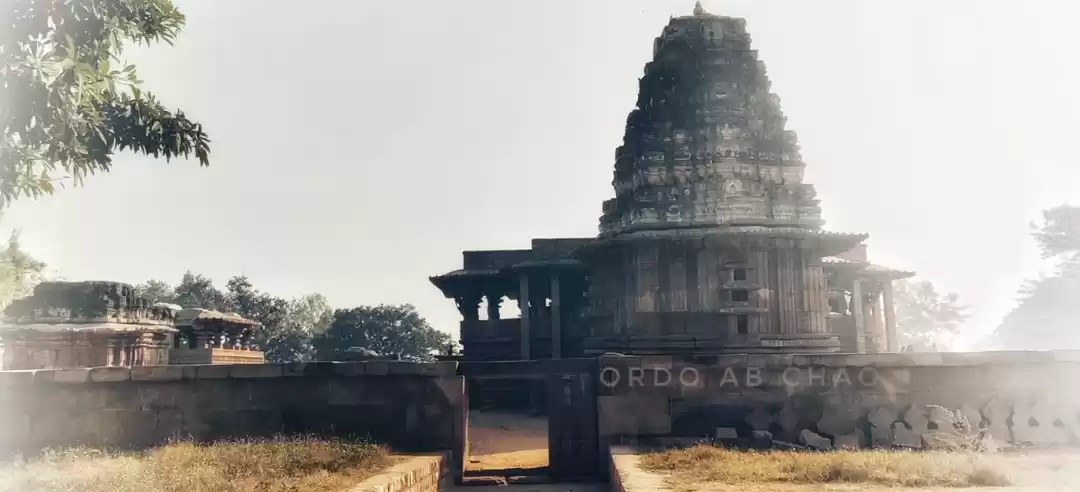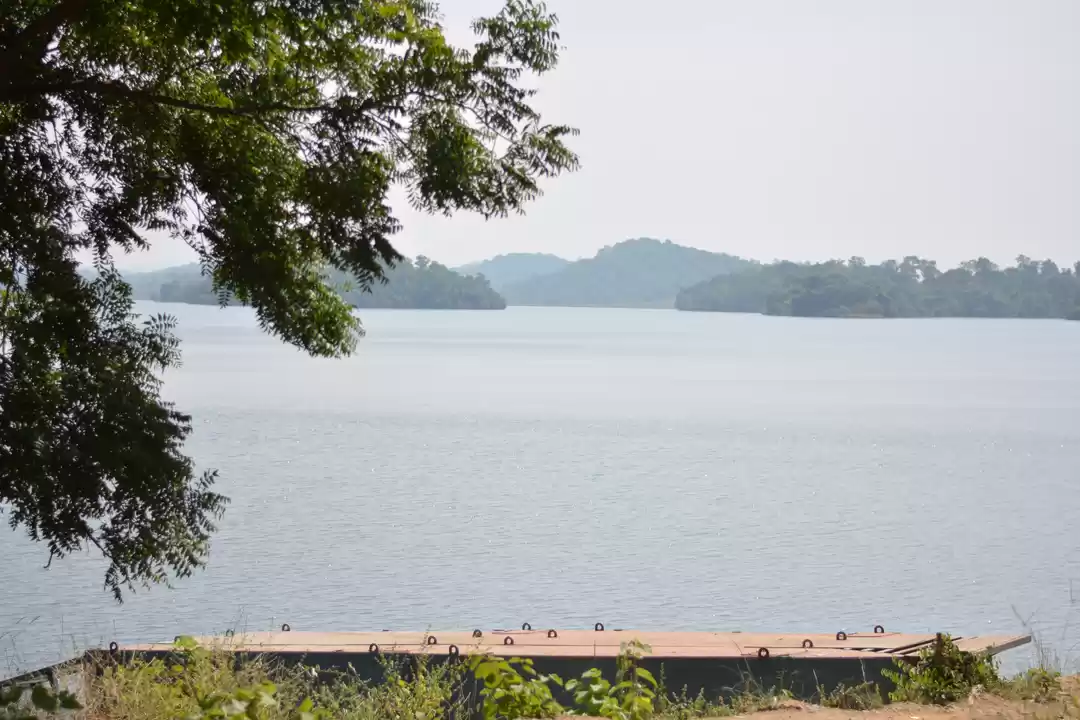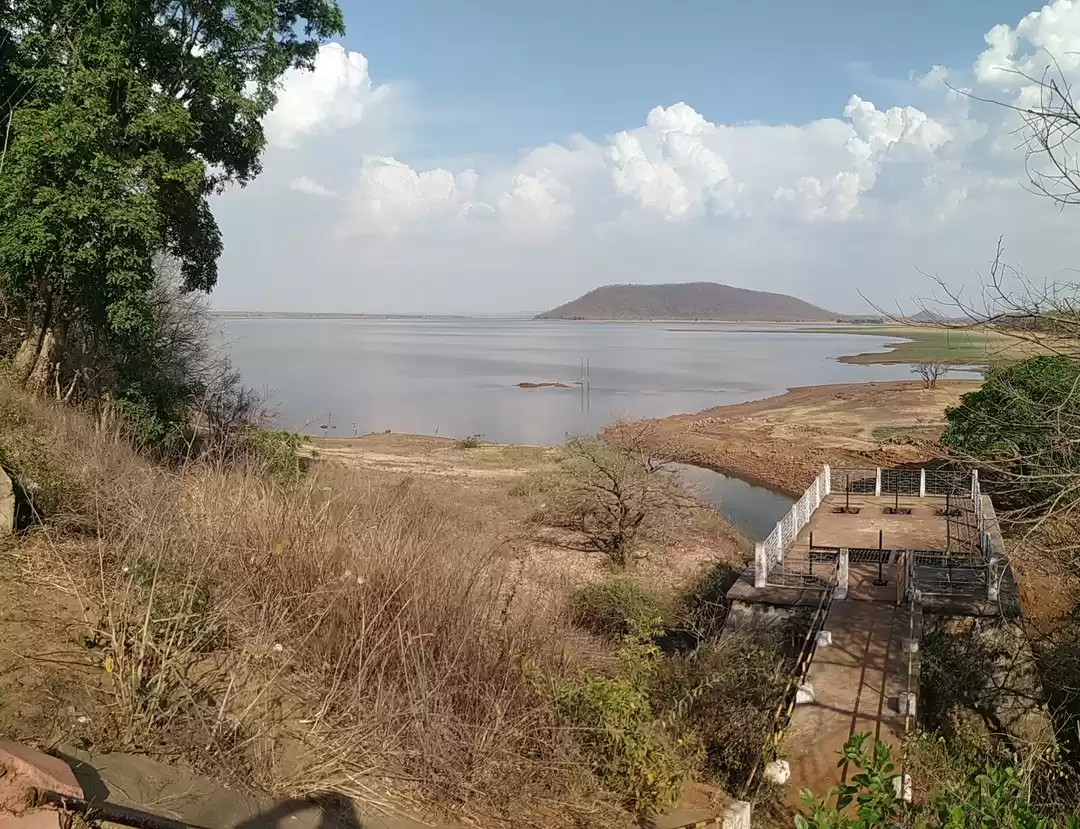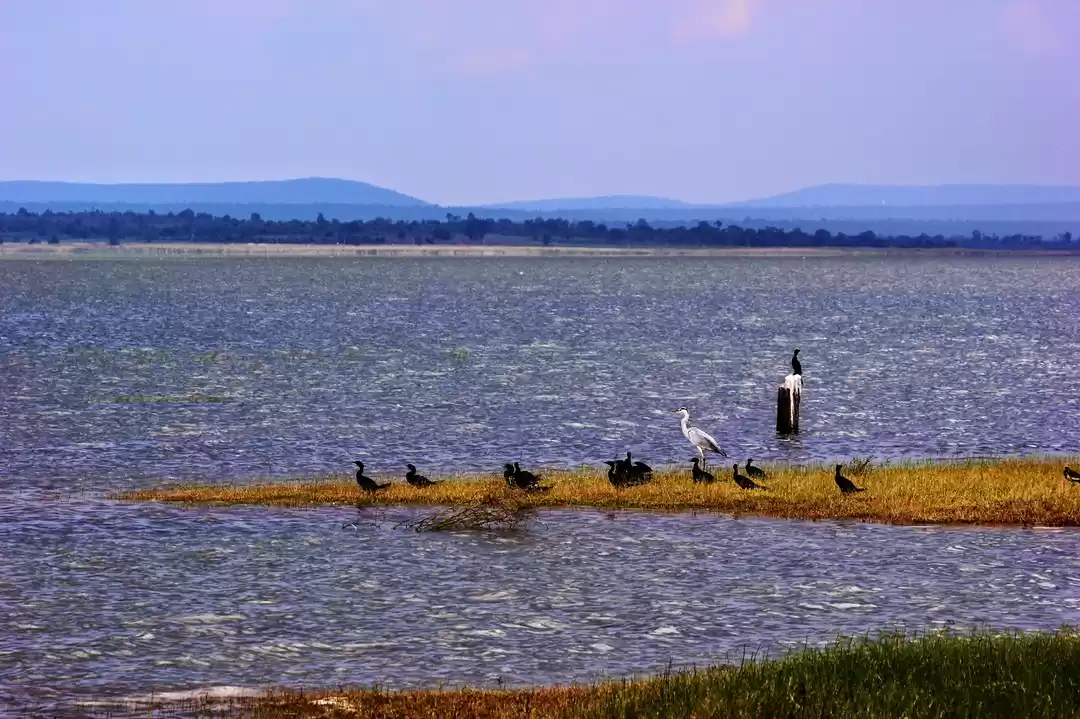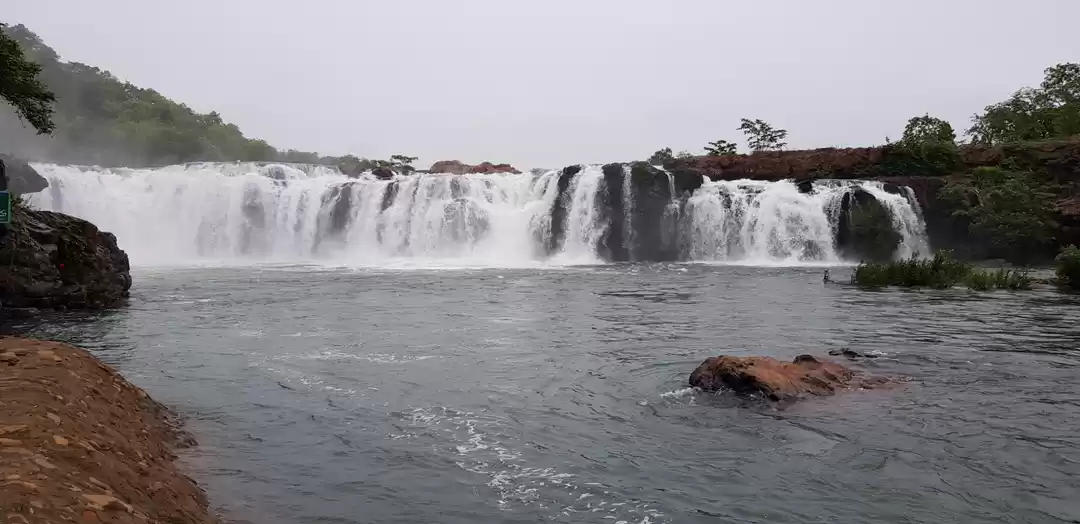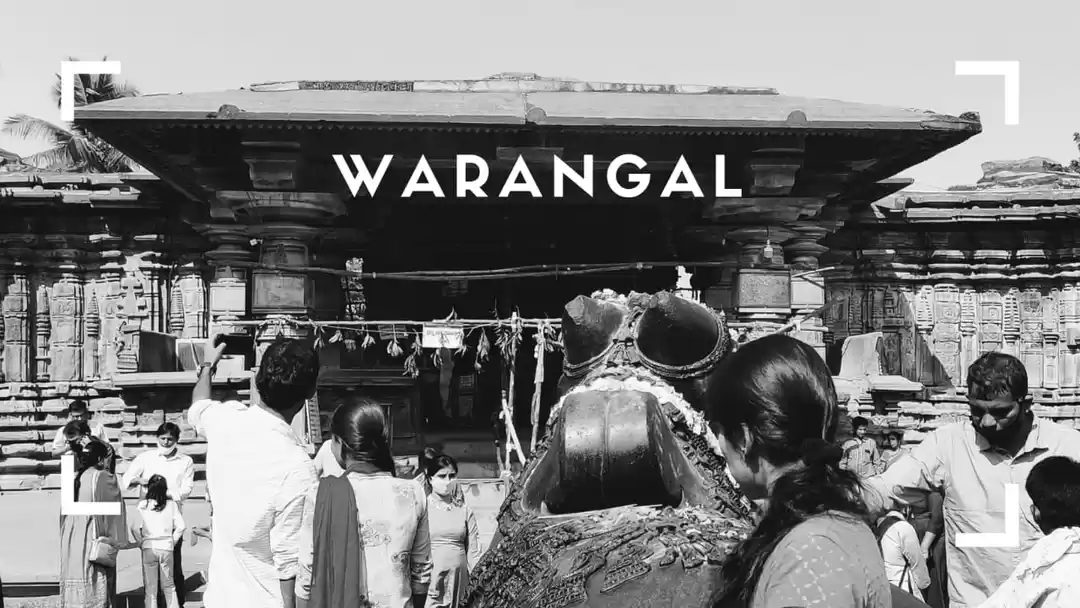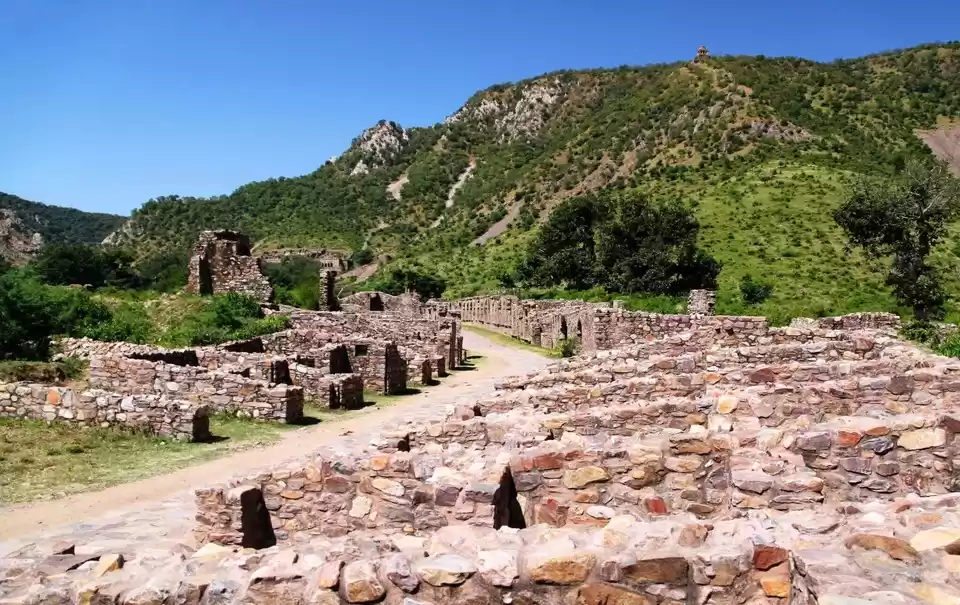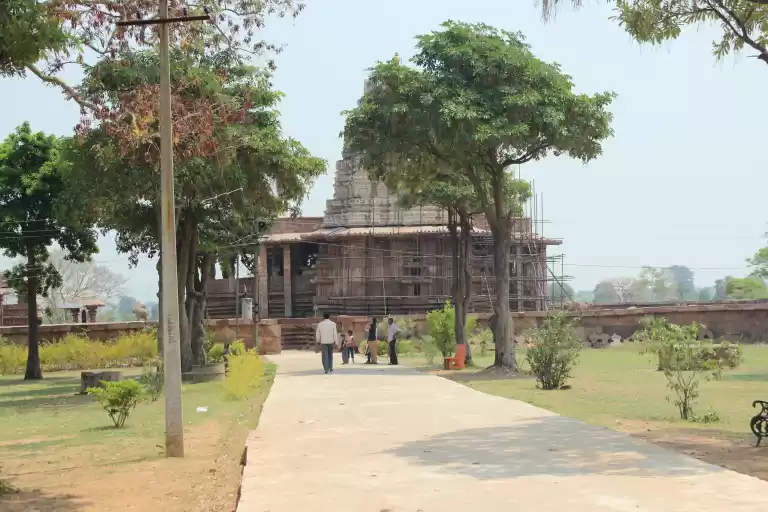Are you looking for a destination that combines history, architecture, culture, and tourism in one place? If yes, then Warangal Fort is the perfect choice for you. Warangal Fort is one of the most magnificent and impressive monuments of Telangana, and a testimony to the glory and grandeur of the Kakatiya dynasty. In this article, we will provide you with a comprehensive and in-depth guide to the history, architecture, culture, and tourism of Warangal Fort. Whether you are a history buff, an architecture enthusiast, a culture lover, or a tourist, you will find something to interest and inspire you in Warangal Fort.

History of Warangal Fort
Warangal Fort has a rich and fascinating history that spans over eight centuries. The fort was built by the Kakatiya rulers, who ruled over a large part of South India from the 12th to the 14th century. The Kakatiyas were known for their military prowess, administrative skills, artistic patronage, and cultural diversity. They established Warangal as their capital city and built a massive fort to protect and symbolize their power and pride.
The origin of Warangal Fort can be traced back to the reign of Prola II, who laid the foundation of the city and the fort in 1199 CE. His son and successor, Rudradeva, also known as Prataparudra I, expanded and fortified the city and the fort. He also built a magnificent temple dedicated to Shiva, called the Swayambhu temple, inside the fort. Rudradeva was succeeded by his son, Ganapati Deva, who further enlarged and embellished the city and the fort. He also built four ornamental gates, called the Kakatiya Kala Thoranam, at the four cardinal directions of the fort. These gates are the most iconic and recognizable features of Warangal Fort.
The most remarkable and illustrious ruler of the Kakatiya dynasty was Rudrama Devi, the daughter and successor of Ganapati Deva. She was one of the few female rulers in Indian history, and she proved herself as a valiant and visionary leader. She faced many challenges and threats from her rivals and enemies, but she managed to overcome them with courage and diplomacy. She also patronized art and culture, and promoted social harmony and religious tolerance. She was succeeded by her grandson, Prataparudra II, who was the last ruler of the Kakatiya dynasty. He faced repeated invasions and attacks from the Delhi Sultanate, led by Alauddin Khilji and his generals. He fought bravely and fiercely, but he was eventually defeated and captured by Muhammad bin Tughlaq in 1323 CE. This marked the end of the Kakatiya rule and the beginning of the decline and destruction of Warangal Fort.
Architecture of Warangal Fort
Warangal Fort is a marvel of architecture and craftsmanship, and a reflection of the Kakatiya style and sensibility. The fort is spread over an area of 19 square kilometers, and consists of three layers of fortification, surrounded by a moat. The innermost layer is the citadel, where the royal palaces, temples, gardens, and administrative buildings were located. The middle layer is the fort wall, which was made of granite and had 45 bastions and 24 watchtowers. The outermost layer is the mud wall, which was meant to deter the enemy attacks and provide additional security.
The most striking and splendid feature of Warangal Fort is the four ornamental gates, called the Kakatiya Kala Thoranam, which are located at the four cardinal directions of the fort. These gates are made of huge stone pillars, carved with intricate geometric patterns, floral motifs, animal figures, and inscriptions. The gates are topped with arches, which resemble the shape of a lotus bud. The gates are considered as the symbols of the Kakatiya culture and the Telangana identity, and they are also featured in the emblem of the Telangana state.
Another remarkable feature of Warangal Fort is the Swayambhu temple, dedicated to Shiva, which is located inside the citadel. The temple is built on a massive rock, called the Ekashila, which is 30 feet high and 50 feet wide. The temple has a sanctum, a mandapa, and a prakara, and it is adorned with sculptures of Shiva, Parvati, Ganesha, and Nandi. The temple is also known for its sound and light show, which narrates the history and the glory of Warangal Fort in different languages.
Culture of Warangal Fort
Warangal Fort is not only a monument of history and architecture, but also a monument of culture and heritage. The fort showcases and celebrates the culture and the heritage of the Kakatiya dynasty and the Telangana region, which are characterized by religious diversity, social harmony, artistic expression, and regional pride.
Warangal Fort is a testimony to the religious diversity and tolerance of the Kakatiya rulers, who respected and supported different faiths and sects. The fort has temples dedicated to Shiva, Vishnu, and Surya, as well as mosques, tombs, and shrines of Muslim saints. The fort also has sculptures and inscriptions that depict the influence of Buddhism, Jainism, and Shaivism. The fort is a place where different religions coexist and complement each other.
Warangal Fort is also a testimony to the social harmony and empowerment of the Kakatiya society, which was progressive and inclusive. The fort has evidence of the participation and contribution of women, lower castes, and tribal communities in the administration, military, and economy of the Kakatiya kingdom. The fort also has evidence of the patronage and promotion of literature, music, dance, and art by the Kakatiya rulers, especially Rudrama Devi, who encouraged and supported poets, musicians, dancers, and artists of different languages and genres.
Warangal Fort is also a testimony to the regional pride and identity of the Telangana people, who have a distinct and unique culture and history. The fort is a symbol of the resistance and resilience of the Telangana people, who fought against the foreign domination and oppression for centuries. The fort is also a symbol of the aspiration and achievement of the Telangana people, who have carved out their own state and identity in the Indian union.
Tourism of Warangal Fort
Warangal Fort is a must-visit destination for anyone who wants to experience the history, architecture, culture, and tourism of Telangana. The fort offers a lot of attractions and activities for the visitors, such as:
- The entry fee for Warangal Fort is Rs. 15 for Indians and Rs. 200 for foreigners. The fort is open from 10 am to 6 pm on all days of the week.
- The sound and light show at Warangal Fort is a spectacular and informative spectacle that narrates the history and the glory of the fort in different languages, such as Telugu, Hindi, and English. The show is held every evening, except on Mondays, and the timings vary according to the season. The tickets for the show are Rs. 40 for adults and Rs. 20 for children.
- The best time to visit Warangal Fort is from October to March, when the weather is pleasant and comfortable. The fort is also a great place to visit during the festivals and events, such as the Kakatiya Festival, the Bathukamma Festival, and the Bonalu Festival, which showcase and celebrate the culture and the heritage of Telangana.
- The best hotels near Warangal Fort are the Haritha Kakatiya Hotel, the City Grand Hotel, the Ashoka Hotel, and the Suprabha Hotel, which offer comfortable and affordable accommodation and amenities for the visitors. The hotels are located within a distance of 5 to 10 kilometers from the fort, and they can be easily reached by local transport, such as auto-rickshaws, buses, and taxis.
- The nearby attractions of Warangal Fort are the Thousand Pillar Temple, the Ramappa Temple, the Pakhal Lake, the Bhadrakali Temple, and the Eturnagaram Wildlife Sanctuary, which are worth exploring and enjoying for their beauty and significance. The attractions are located within a distance of 10 to 60 kilometers from the fort, and they can be easily reached by road, rail, or air.
Conclusion
Warangal Fort is a destination that has something for everyone. It is a place where history, architecture, culture, and tourism come together to create a memorable and enriching experience. If you are looking for a place that will inspire and impress you, then Warangal Fort is the place for you. So, what are you waiting for? Plan your trip to Warangal Fort today, and discover the gateway of glory of Telangana.
We hope you enjoyed reading this article, and we hope you learned something new and interesting about Warangal Fort. If you have any questions, comments, or feedback, please feel free to share them with us. We would love to hear from you.
And if you liked this article, please share it with your friends and family, and help us spread the word about Warangal Fort. Thank you for reading, and happy travelling!


























